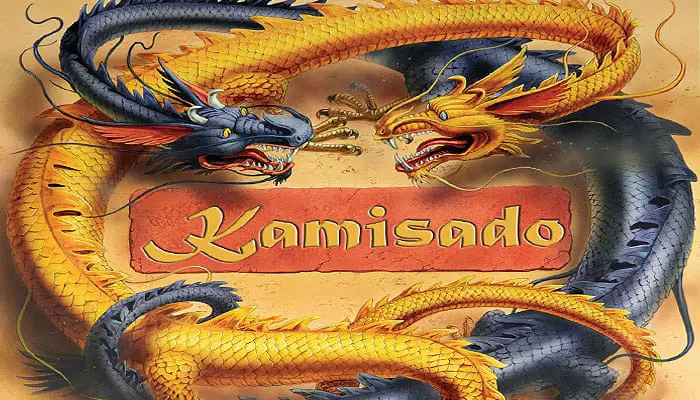
Components
- 8x8 Playing board
- 16 Dragon Towers
- Two sets of octagonal 'sumo rings'
- Rulebook
A playing board, divided into 64 squares in eight different colors.
The playing board is double-sided, one side being as shown below, while the reverse side has Chinese characters marked on each square.
This has been done to assist those suffering from color blindness, and also for those players who just think it looks better with the Chinese characters added!
So you can choose whichever side of the board you like. The game is just the same, but the 'look' is different! …






